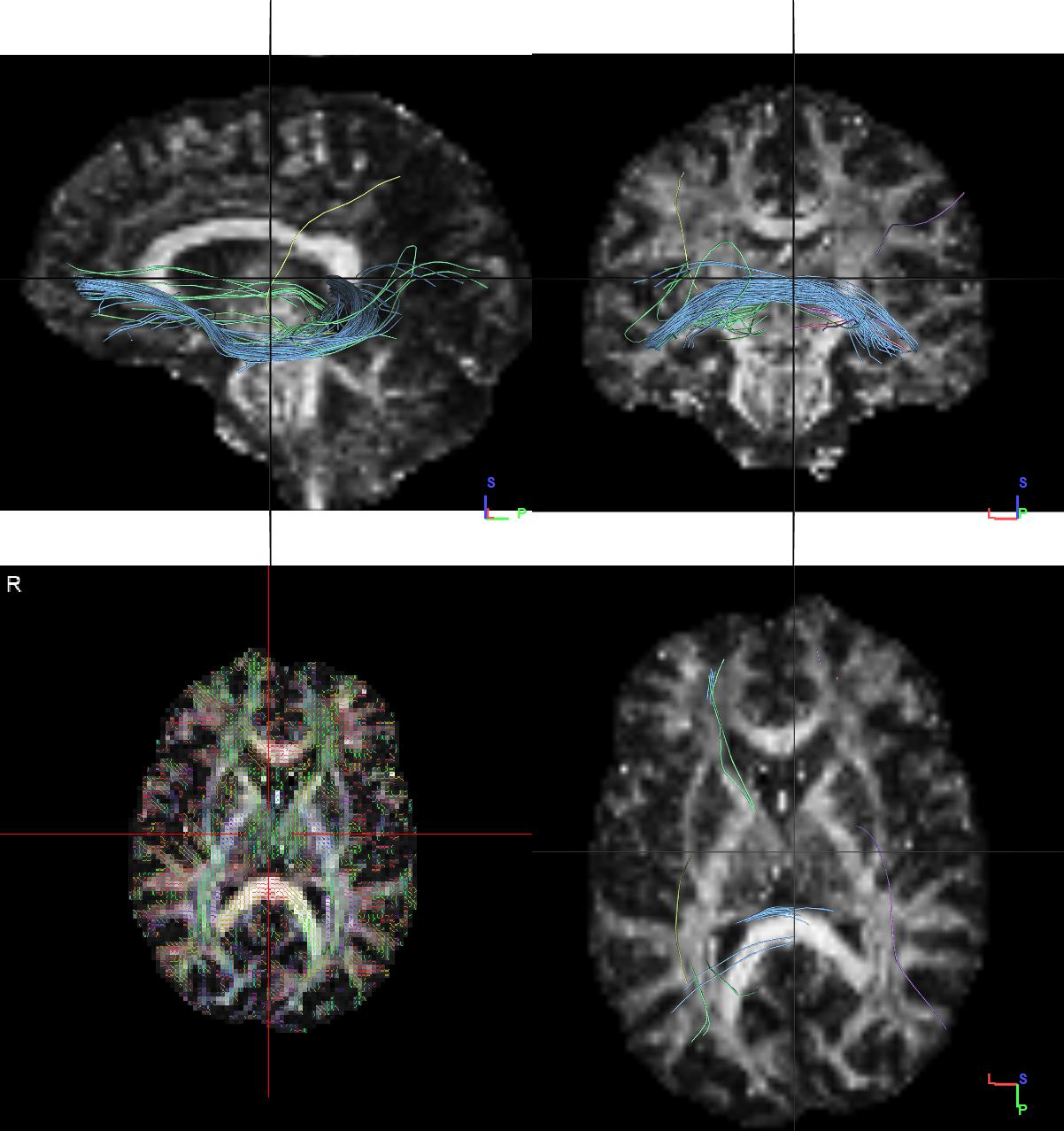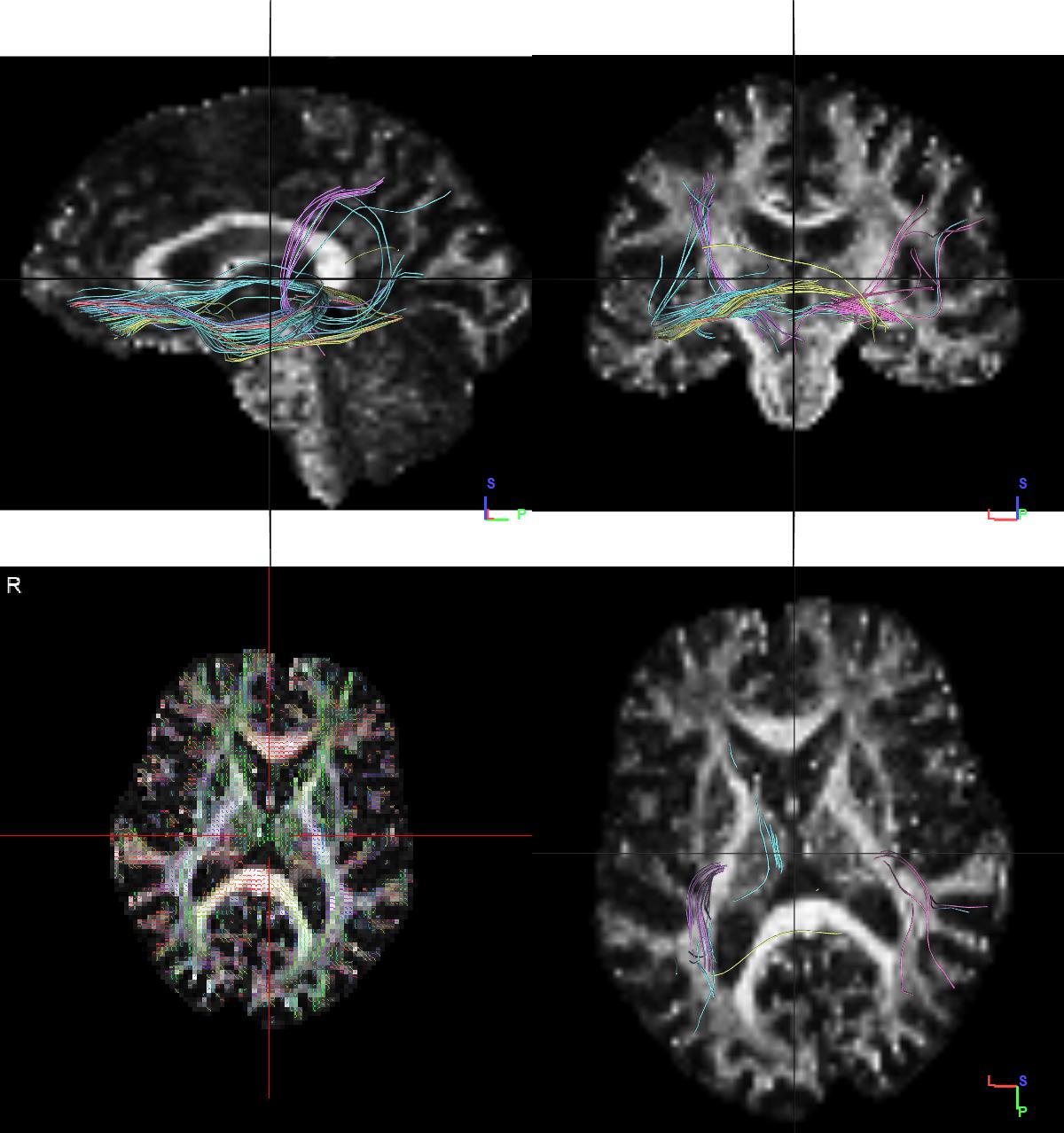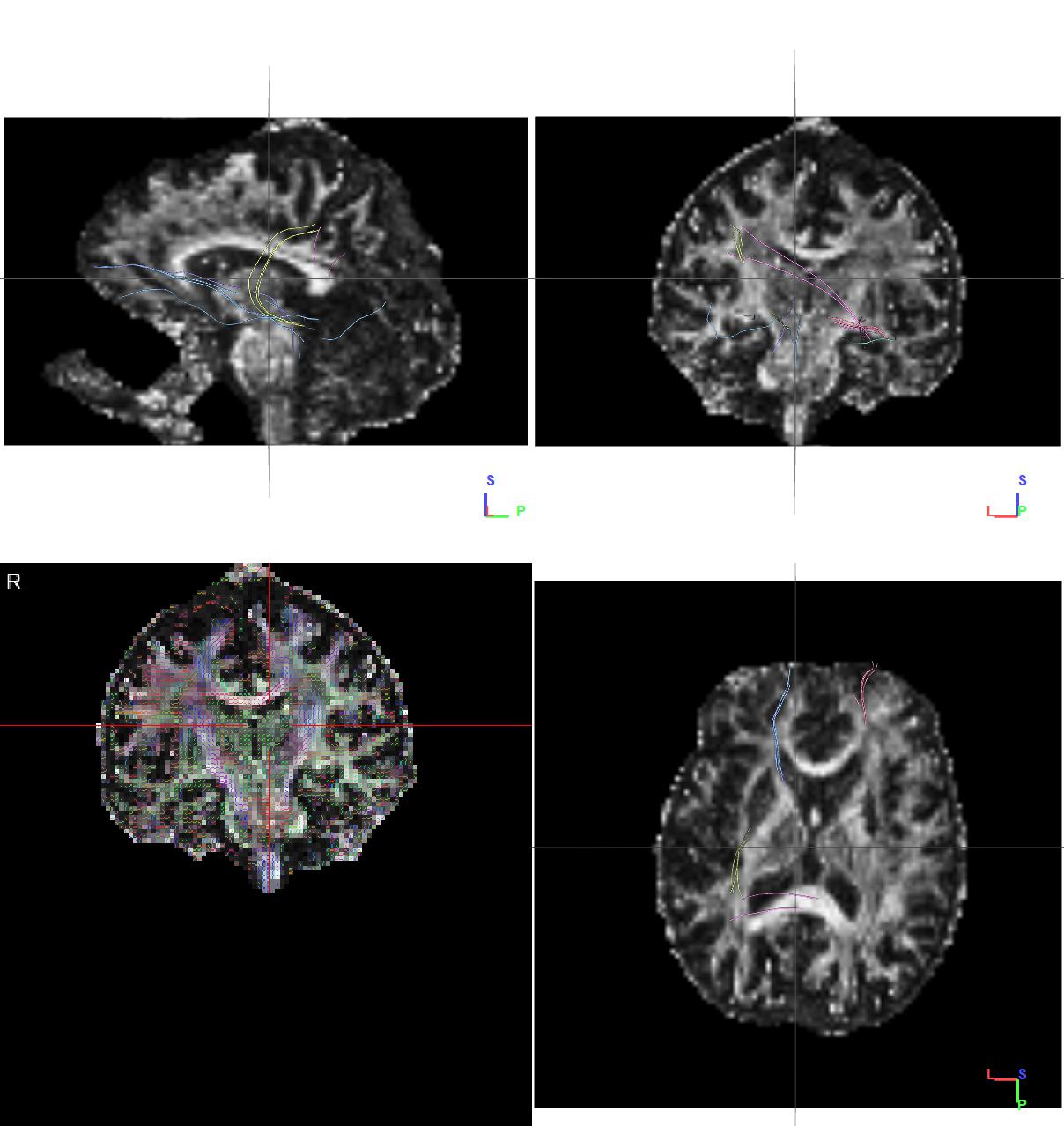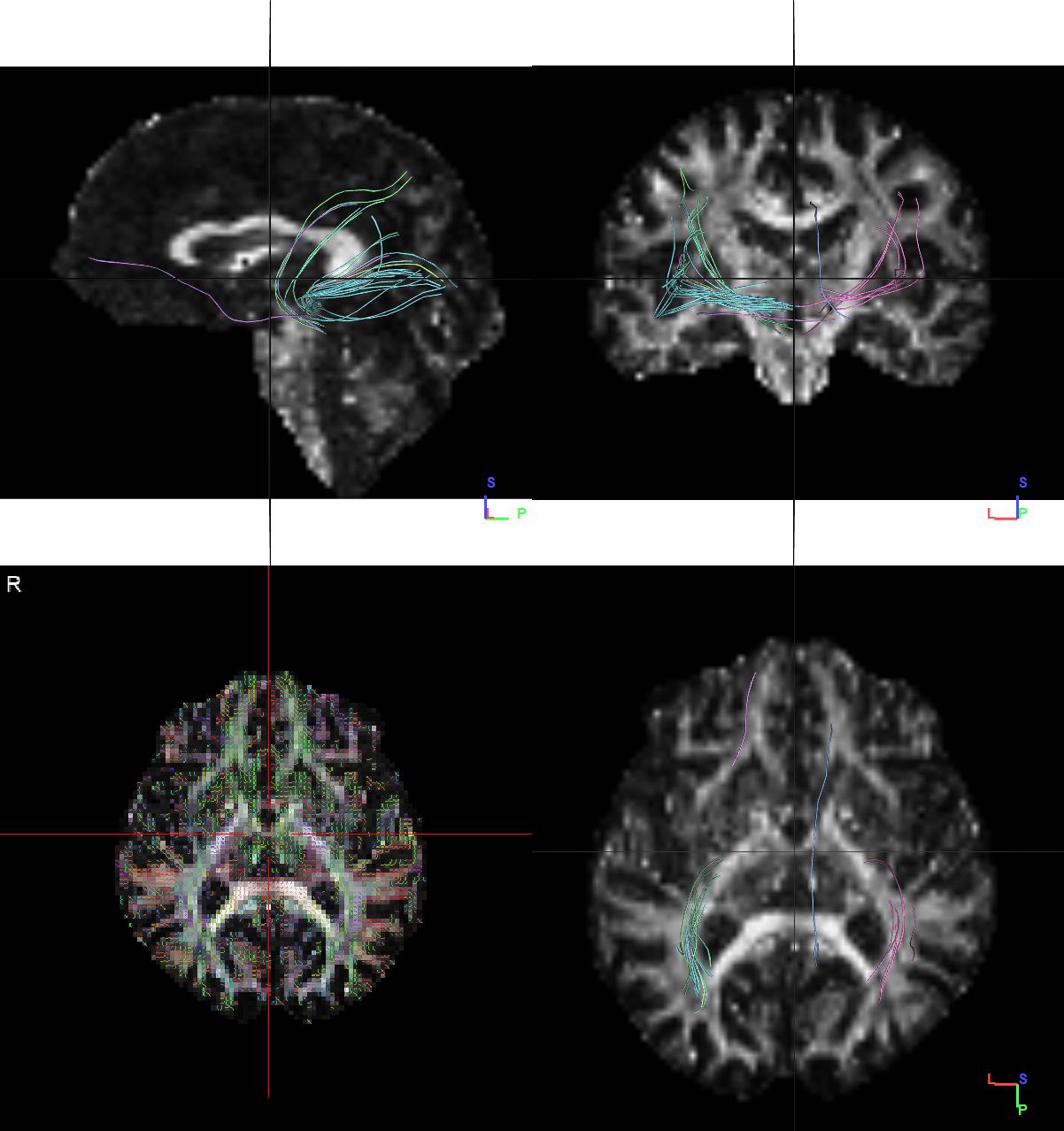Session Information
Date: Wednesday, September 25, 2019
Session Title: Neuroimaging
Session Time: 1:15pm-2:45pm
Location: Les Muses Terrace, Level 3
Objective: To study the neural connections between orbitofrontal cortex (OFC) and olfactory cortex and analyze their consistency ranging from control group to Parkinson’s Disease (PD) affected groups of different stages of progression.
Background: The OFC plays an important role in drawing perceptions from sensory stimuli. The visual aspect of the same has been greatly explored, but olfactory aspect still remains a matter of curiosity. A study done on this topic states that the OFC plays a major role in olfactory perception, and the right OFC is relatively more dominant. Disruption of neural connections of the OFC has been known to cause disturbances in cognitive, behavioural and emotional functions. Therefore, disruption of neural connections of this region with the olfactory cortex could potentially alter normal processing of stimuli causing changes in one’s response to them. This would give rise to olfaction associated cognitive dysfunction, which is often reported to precede motor symptoms seen in PD.
Method: Fibre tractography performed using Diffusion Tensor Imaging in 4 groups of 40 data sets each, obtained from different individuals. These groups include a control group and three PD affected groups from different stages of severity.
Results: The difference noted in fibres of control group and PD affected group is statistically significant with a p-value of 0.00001, the average number of fibres noted in a normal individual was 56 while that in a PD affected person was 16. The difference noted in fibres among different stages of progression was also significant with a p-value of 0.00001 (figure 1-4).
Conclusion: Based on the results obtained we may suggest that olfactory stimuli dependent cognitive impairment in PD patients can be monitored and used to track the progression of the impairment and the disease.
References: [1] Li W., et al. Right Orbitofrontal Cortex Mediates Conscious Olfactory Perception. Psychol Sci. 2010 Oct; 21(10): 1454–1463. [2] Alegret M., et al. Obsessive-compulsive symptoms in Parkinson’s disease. J Neurol Neurosurg Psychiatry 2001;70:394–396. [3] Stevenson RJ., Attuquayefio T. Human olfactory consciousness and cognition: its unusual features may not result from unusual functions but from limited neocortical processing resources. Front. Psychol., 01 November 2013 | https://doi.org/10.3389/fpsyg.2013.00819. [4] Menzie L., et al. Integrating evidence from neuroimaging and neuropsychological studies of obsessive-compulsive disorder: The orbitofrontostriatal model revisited. Neurosci Biobehav Rev. 2008 ; 32(3): 525–549. [5] Tekin S., Cumming JL. Frontal–subcortical neuronal circuits and clinical neuropsychiatry An update. Journal of Psychosomatic Research 53 (2002) 647–654.
To cite this abstract in AMA style:
H. Chatterjee, G. Elumalai, N. Osakwe, N. Sewram. Variations in Olfactory Neural Connections Associated with Cognition in Parkinson’s Disease [abstract]. Mov Disord. 2019; 34 (suppl 2). https://www.mdsabstracts.org/abstract/variations-in-olfactory-neural-connections-associated-with-cognition-in-parkinsons-disease/. Accessed April 21, 2025.« Back to 2019 International Congress
MDS Abstracts - https://www.mdsabstracts.org/abstract/variations-in-olfactory-neural-connections-associated-with-cognition-in-parkinsons-disease/




